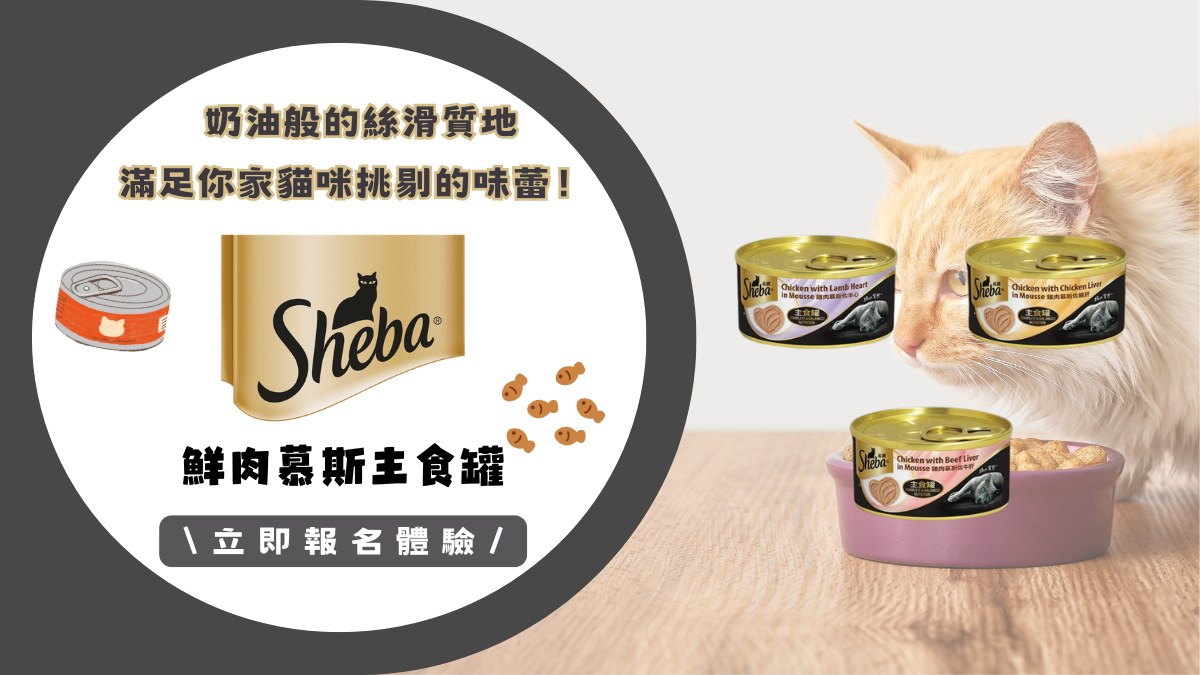1. Customer service can be less of a complaint center, and more of a customer experience space
If customers aren’t satisfied with the product, their first response immediately goes to customer support. It could be that the item doesn’t fit well, or they don’t like the colour or simply don’t like the product at all. With personalized messages, customers will only be shown products that fit their needs and dimensions. Of course, it doesn’t mean that customers are always happy with the product, but they’re more likely to be so, which implies fewer dissatisfied customers contacting customer support.
2. Brands can better forecast inventory
Brands like Costco must look at the way that shoppers behave and the products they’re using to create a personalized marketing strategy. Only then can they make informed choices - with the aid of technology – about what consumers are most likely to buy shortly. These data could be utilized beyond marketing and, even more surprising, even in warehouses.
Certain retailers who have made personalizing their marketing a top priority have also experienced changes in their supply chain. With the insight of retailers into the products that customers will purchase, what’s been out of stock and what products customers are interacting with, and which products aren’t performing and what they need to increase the efficiency of their warehouse stock.
3. Brands are ‘going green’ and increasing sustainability
Every brand would like to incorporate aspects that are sustainable into its operation. This might include selling products made from environmentally friendly fabrics for certain brands. For others, it might be corporate donations to environmental causes. Also, how about customized marketing? It’s also sustainable.
Purchasers who buy items that have been specially designed specifically for their needs are more likely to have returned. Reducing returns results in fewer carbon emissions due to the transport of the goods back into the warehouse and less packaging waste. Returns are often never disposed of and are sent straight for the dump. By matching customers with items they’ll like and suitable for their needs – and not requiring returns, retailers become more sustainable.
4. Brands experience a margin renaissance
By implementing a personalization approach, companies can be more thoughtful about the way they promote their products. For example, brands can offer specific recommendations based upon things customers are already carrying in their shopping carts to increase cart size and reduce the initial cost of fulfillment (one order containing a variety of items will cost less than three orders comprising just one item).
5. Shoppers gravitate towards the brands that know them best
Customers today expect the best experience tailored to their needs at every point they’re interacting with brands. Amid these expectations of individualization, consumers are beginning to consider brands differently than they have done in the past.
When brands gain insight into their customers via various channels, such as how they interact with their items on the internet and what they buy in-store and online, they’ll be able to tailor their customer experiences to suit. If brands are aware of what their consumers want before they do it, they do anything they can trust, and, in a way, it is transformed into an acquaintance. Customers would rather visit the person who knows them best repeatedly and continue building relationships, not maintaining contact with friends who never seem to inquire about their customers.


 留言列表
留言列表


